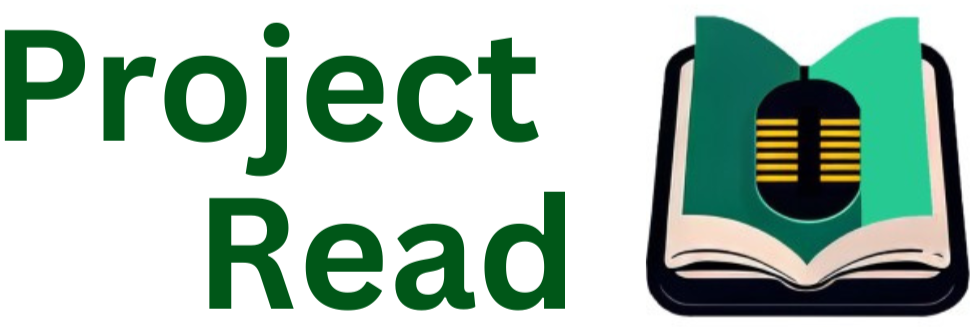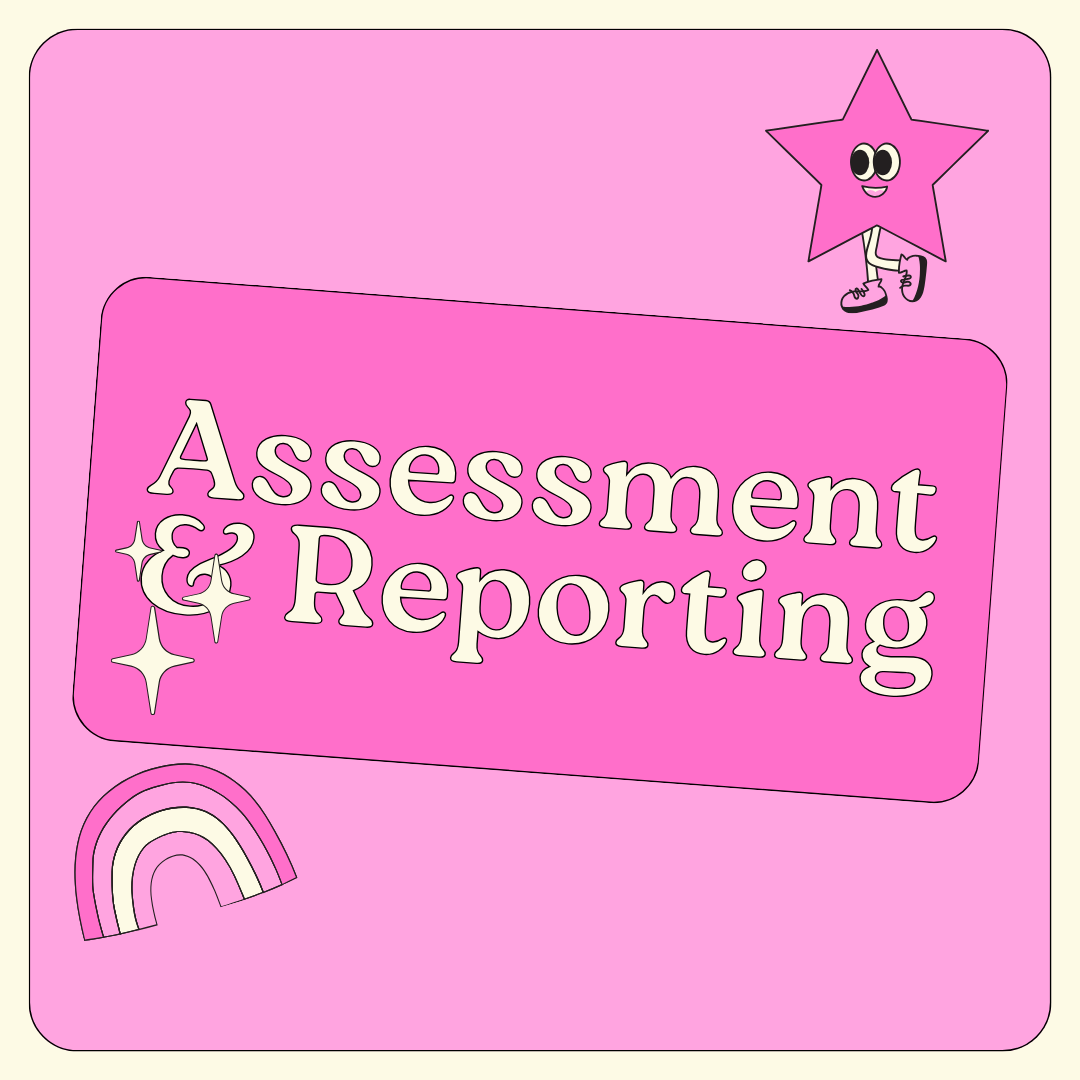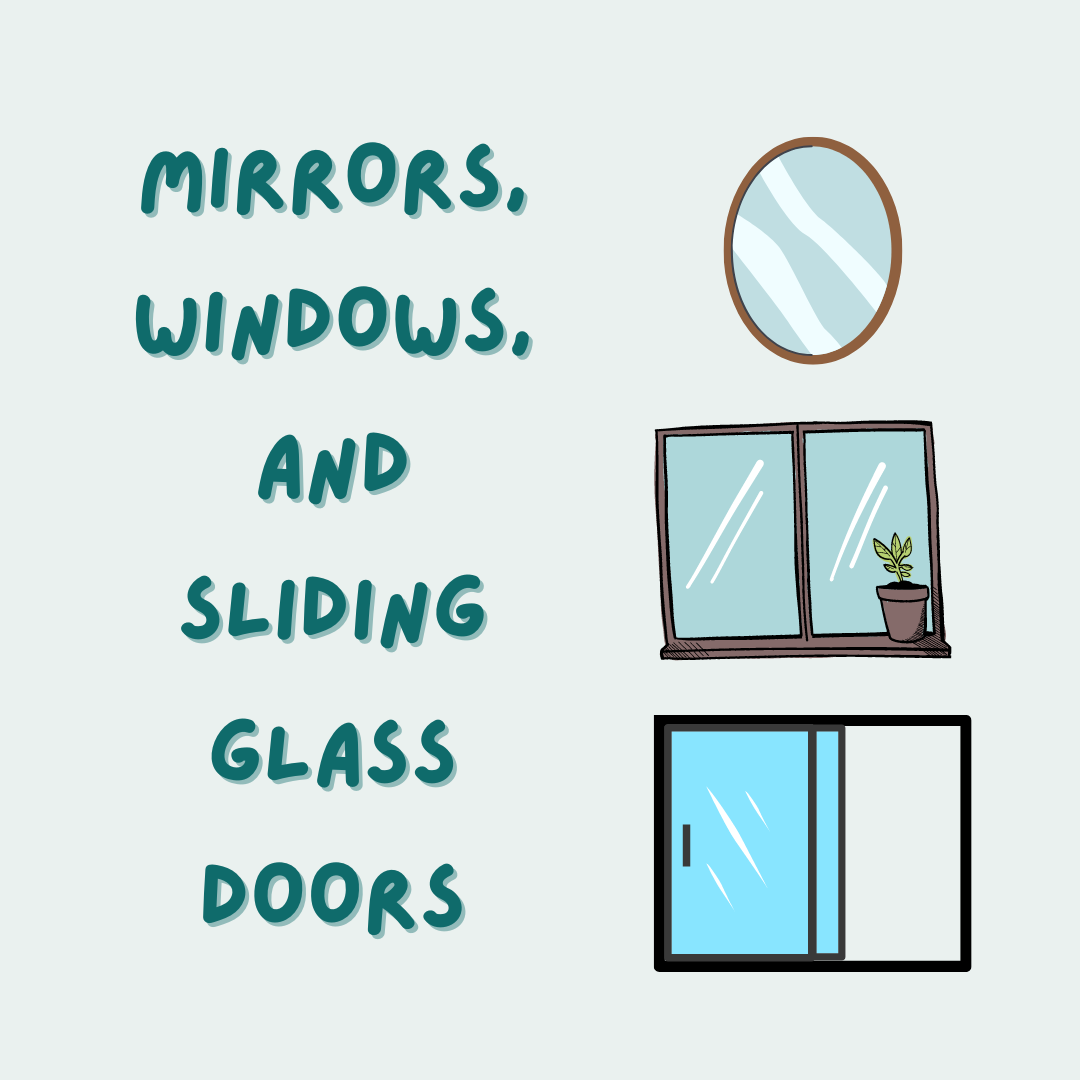Literacy Mini Lesson

This week I had the opportunity to see one of the new and exciting instructional tools being used in classrooms. Project Read is a digital tool equipped with an AI decodable generator as well as an AI tutor to provide students with the individualized practice and support they need to improve their decoding skills.
After students sign in using their classroom code and select their name, Project Read begins their mini lesson. “Can you read this for me?” The students are prompted with a word or a small sentence that focuses on a specific set of letters. The student reads the word(s) outloud, speaking into the microphone so the audio can be assesed by the AI tutor.
The image to the right shows a student working on a set of words using /g/. In this sentence, the student pronounced “gap” as “grip,” prompting the AI tutor to single out “gap” in the next section. After the student correctly pronounced the word, the AI tutor assured them they will have more opportunities to recognize this word.

After watching a few different students work with this tool, I spoke to the classroom teacher about their thoughts on the program. The teacher mentioned something that stuck with me, “When I’m reading one-on-one or in small groups with my students, they often skip past words they aren’t familiar with or they say it really quickly to avoid making a mistake. With Project Read, the students really have to slow down and process through the tougher words. This helps fill in a lot of the gaps in their reading abilities and I’ve already noticed a difference in some of them.” In the BC curriculum, grade five students should be able to use reading strategies, oral language strategies, and metacognitive strategies to help support their reading processes; Project Read seems like a great tool to give students the individualized instruction to master these skills.


As the students entered the classroom in the morning, they were greeted with a surprise that was upsetting to most, but exciting for a few — their chairs had gone on strike! They left a note explaining to the students how they had become fed up with the mistreatment they face everyday, being sat on, tooted on, spilled on, flipped over, and left dirty at the end of the day. The students quickly began to ask questions. “Where am I supposed to sit?” “Do I seriously have to stand all day?” “How can I get my chair back?” The teacher soon explained, if they wanted their chair back, they had to write a persuasive letter giving three reasons why they think they deserve their chair back.
Fueled by the motivation to win their chairs back and equipped with a list of potential persuasive writing transition words, the students quickly got to work. Sitting on their desks, on the floor, and even under their desks, the students used clipboards to plan, develop, and create their persuasive paragraphs. Every single student was engaged. They were using so many different skills without even realizing it. This task required students to think critically, creatively, reflectively, and to integrate new vocabulary and writing styles- AND they had fun doing it. This was a great mini lesson to observe.



